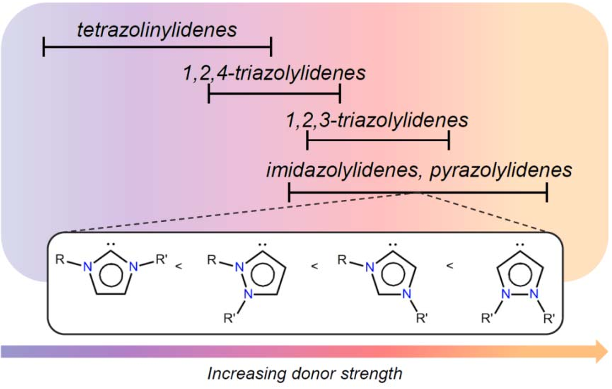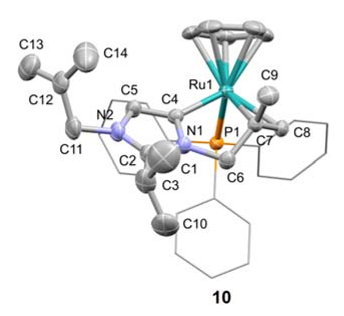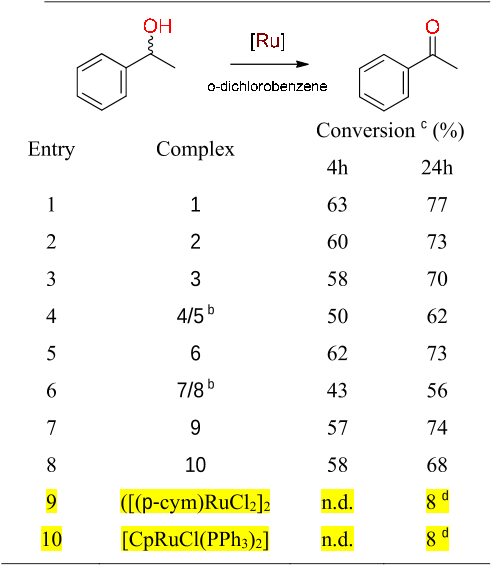Abstract: Chapter 1: Introduction to N-Heterocyclic Carbenes: Synthesis and Stereoelectronic Parameters Chapter 2: Computational Studies on the Reactivity of Transition Metal Complexes with N-Heterocyclic Carbene Ligands Chapter 3: Synthesis, Activation and Decomposition of N-Heterocyclic Carbene-Containing Complexes Chapter 4: Biologically Active N-Heterocyclic Carbene-Metal Complexes Chapter 5: Non-Classical N-Heterocyclic Carbene Complexes Chapter 6: Early Transition and Rare Earth Metal Complexes with N-Heterocyclic Carbenes Chapter 7: NHC-Iron, Ruthenium, AND Osmium Complexes in Catalysis Chapter 8: NHC-Cobalt, Rhodium, and Iridium Complexes in Catalysis Chapter 9: NHC-Palladium Complexes in Catalysis Chapter 10: NHC-Nickel and Platinum Complexes in Catalysis Chapter 11: NHC-Copper, Silver AND Gold Complexes in Catalysis Chapter 12: Oxidation Reaction with NHC Metal Complexes Chapter 13: Reduction Reactions with NHC-Bearing Complexes Chapter 14: N-Heterocyclic Carbenes as Organic Catalysts








